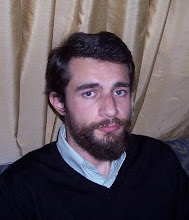Using functional magnetic resonance imaging (fMRI), we investigated brain activity in an observer who watched the hand and arm motions of an individual when that individual was, or was not, the cause of the motion. Subjects viewed a realistic animated 3D character who sat at a table containing four pistons. On Intended Motion trials, the character raised his hand and arm upwards. On Unintended Motion trials, the piston under one of the character's hands pushed the hand and arm upward with the same motion. Finally, during Non-Biological Motion control trials, a piston pushed a coffee mug upward in the same smooth motion. Hand and arm motions, regardless of intention, evoked significantly more activity than control trials in a bilateral region that extended ventrally from the posterior superior temporal sulcus (pSTS) region and which was more spatially extensive in the right hemisphere. The left pSTS near the temporal-parietal junction, robustly differentiated between the Intended Motion and Unintended Motion conditions. Here, strong activity was observed for Intended Motion trials, while Unintended Motion trials evoked similar activity as the coffee mug trials. Our results demonstrate a strong hemispheric bias in the role of the pSTS in the perception of causality of biological motion.
James P. Morris a; Kevin A. Pelphrey a; Gregory McCarthy bc.
Perceived causality influences brain activity evoked by biological motion.
journal of Social Neuroscience 17 July 2007.
Friday, February 15, 2008
Subscribe to:
Post Comments (Atom)

No comments:
Post a Comment